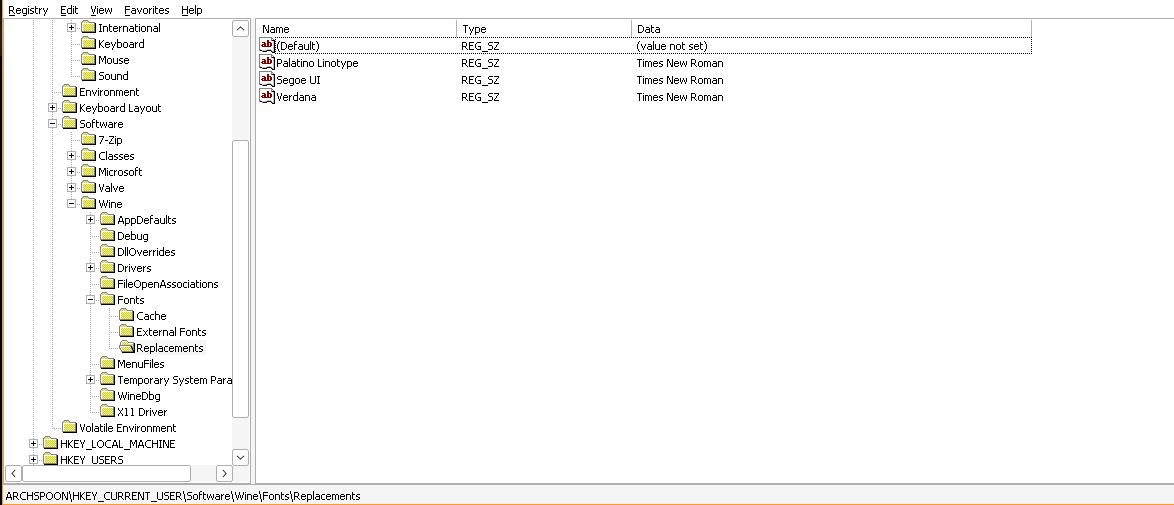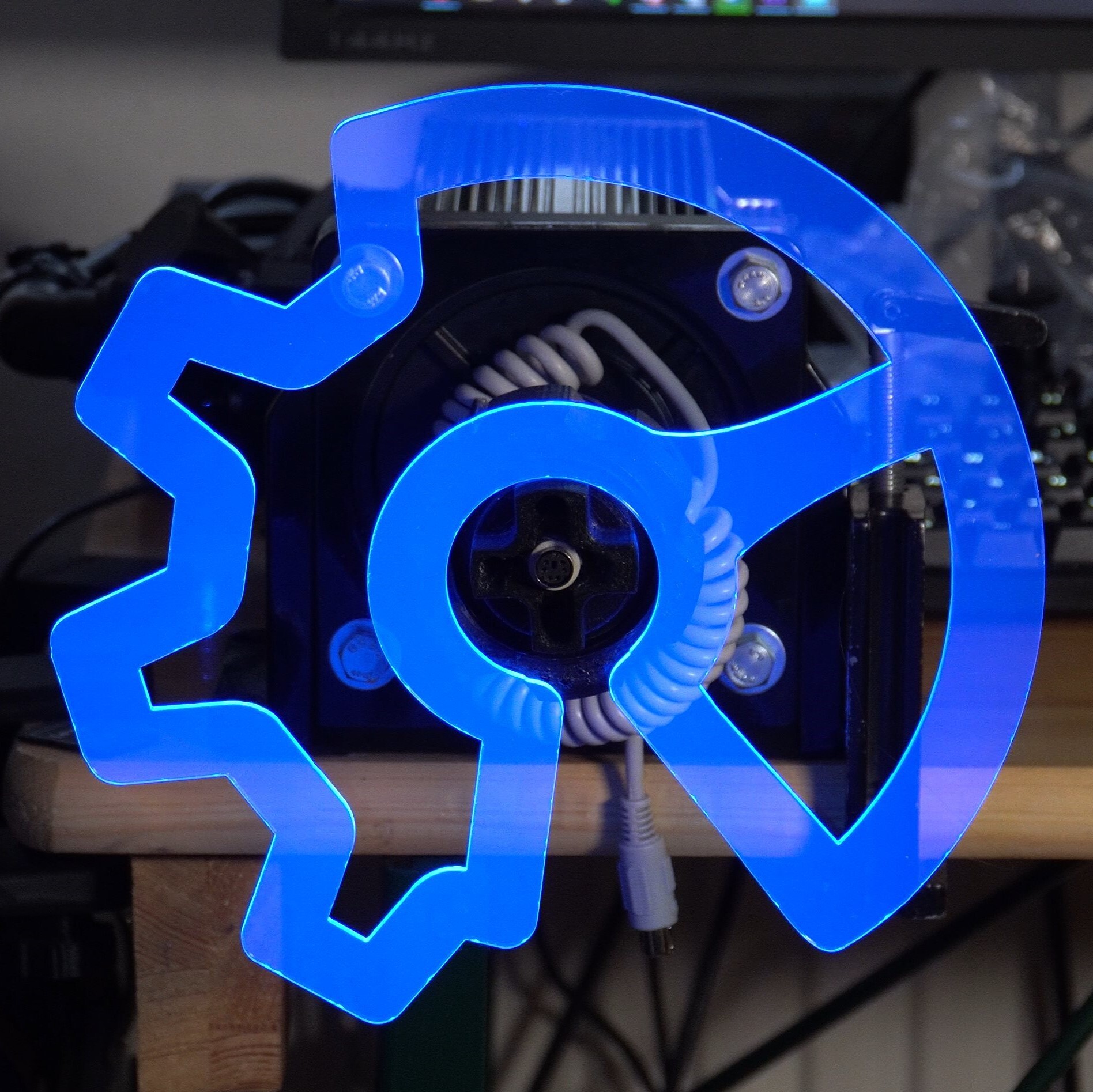

the qobuz webapp is hi-res too, I just use it in Firefox and my dac reports the same bit/sample rate that qobuz does. AFAIK there’s no compression there though I haven’t extensively verified that, only that the end result is 24bit/192kHz if that’s what qobuz says is playing.
EDIT: Also, qobuz is nice because there’s very few things you can click on in the web interface which cause the music to stop playing. I really appreciate that feature… looking at you bandcamp…





The really hilarious thing to me is that the NextPush app (unified push provider that can be run on your nextcloud server) is unsupported by nextcloud talk. But it is supported by a bunch of other competing applications.